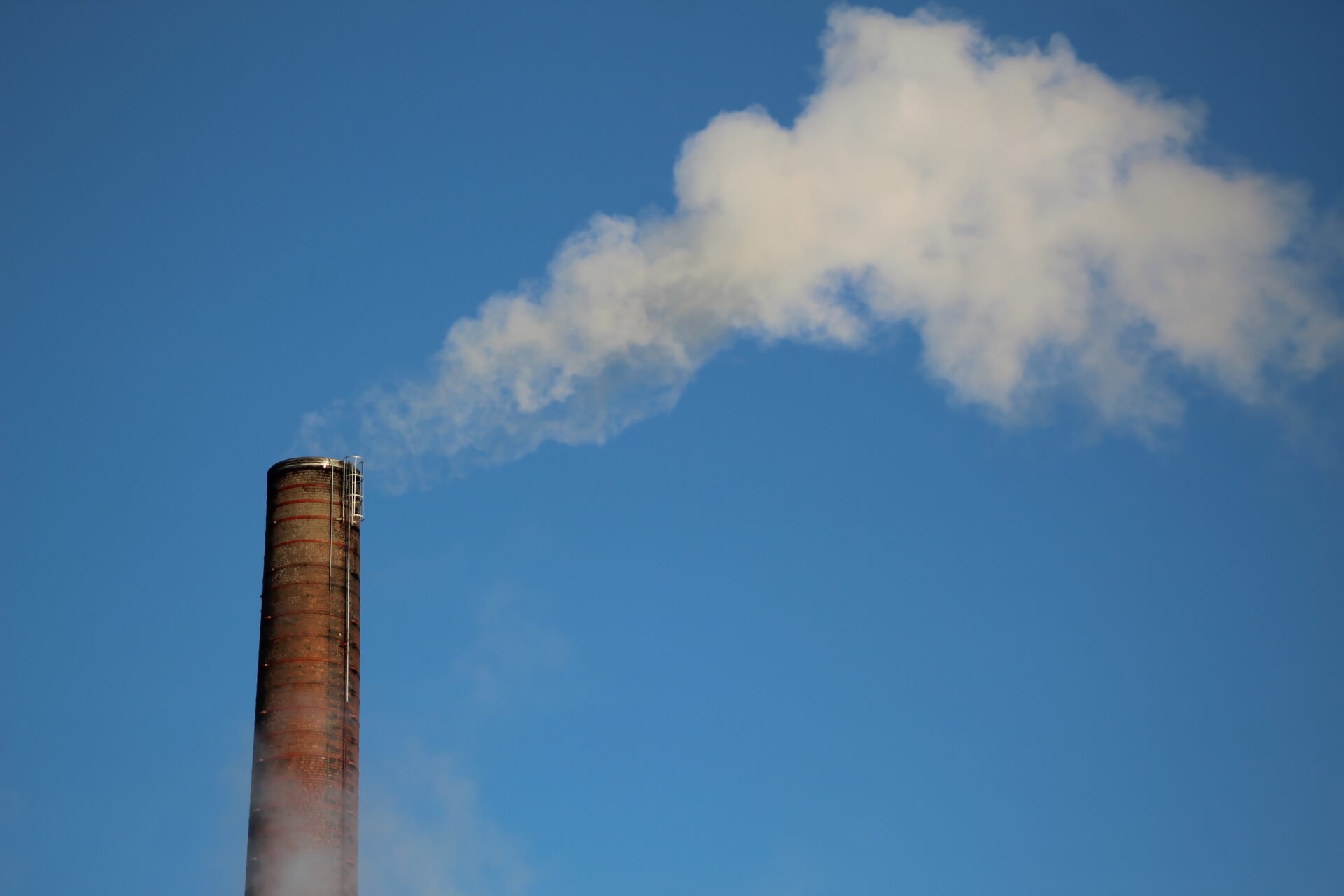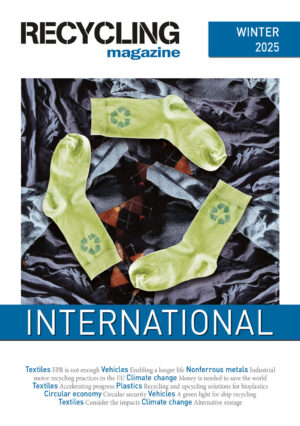The reports show that EU policies have contributed to reducing air pollution, pesticide use and plastic litter at sea. However, pollution levels are still too high, in particular from harmful noise, microplastic releases into the environment, nutrient pollution and waste generation.
According to the reports, much stronger action is necessary in the EU to achieve its 2030 pollution reduction targets. Zero pollution principles must be integrated into all policies and efforts taken at all levels to ensure further progress. In this context, fostering the EU’s circular economy will help reduce resource consumption and therefore will alleviate pressures on ecosystems and human health. Finally, action on zero pollution, notably through the Zero Pollution Action Plan, will support the sustainable transition of the EU’s economy and make it more competitive.
While progress towards the six ‘zero pollution’ targets remains mixed, pollution is decreasing from marine litter, pesticides and antimicrobials, according to the Zero Pollution Monitoring and Outlook report. Air quality has also improved across Europe, supported by regulatory developments and emissions reductions, resulting in a significant decrease in premature deaths. Still, the number of deaths caused by polluted air remains too high. In addition, ongoing pollution, particularly from ammonia and nitrogen oxides, continues to threaten EU ecosystems. This is echoed by the fourth Clean Air Outlook report, which highlights that, while air pollutant emissions in the EU continue to fall, air quality poses a serious risk for health and ecosystem quality in the EU. Both reports show that more action is needed to further reduce air pollution.
The Zero Pollution Monitoring and Outlook report also finds that the pollution levels from harmful noise, microplastics, nutrient and waste remain too high. On noise pollution, more efforts are required, particularly in urban areas, to decrease the number of people chronically disturbed by transport noise. On microplastics, further measures are needed to tackle this source of pollution. In addition, nutrient losses have remained largely unchanged, particularly due to the persistent challenges of agricultural runoff and fertiliser use. On waste, greater efforts are also needed, as waste production continues to increase in the EU.
The report clearly shows that more action is needed to achieve the EU’s zero-pollution ambition. Full implementation and enforcement of the EU environmental legislation is therefore crucial to achieve the 2030 zero-pollution targets, as set out in the Zero Pollution Action Plan.











